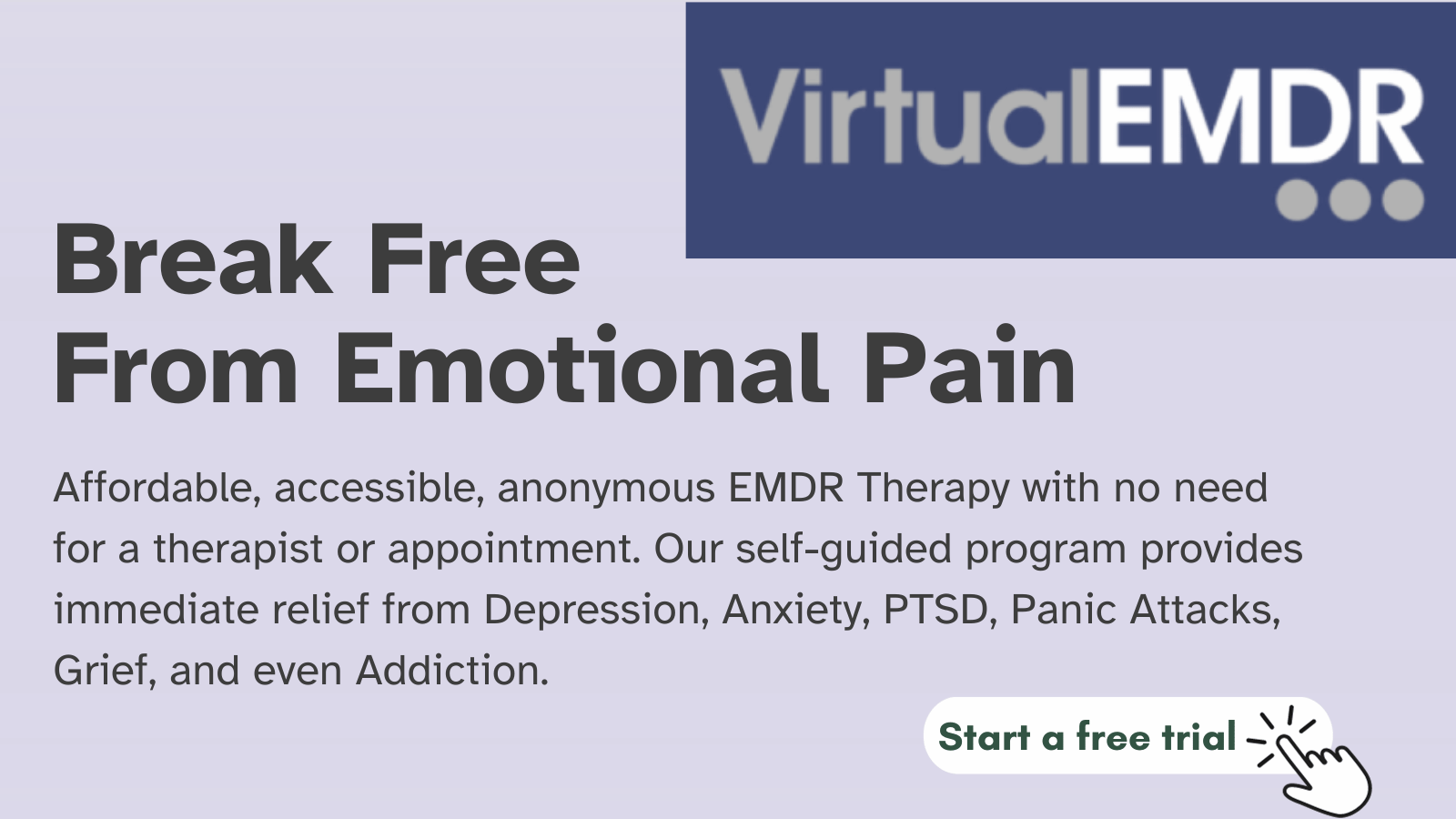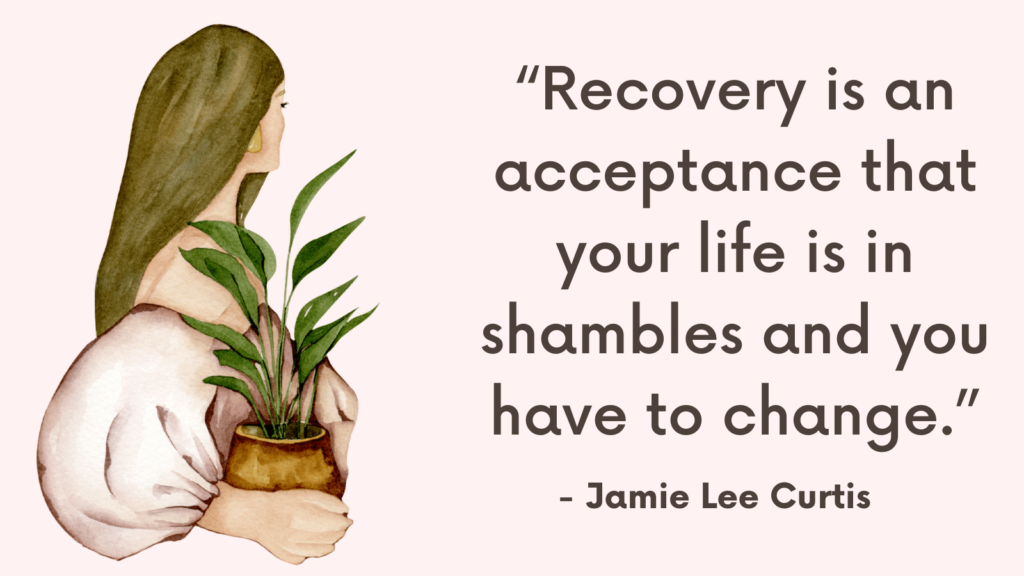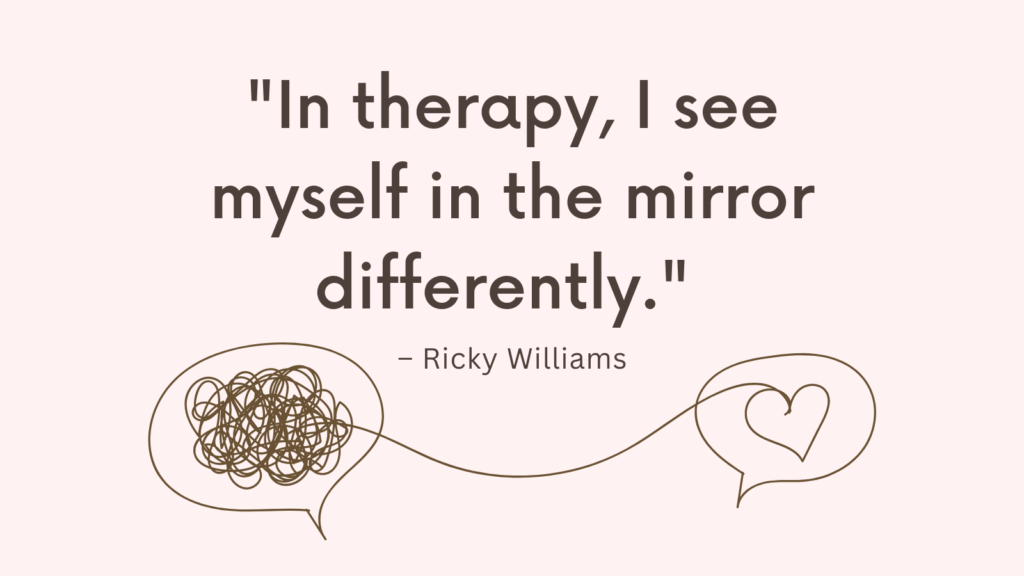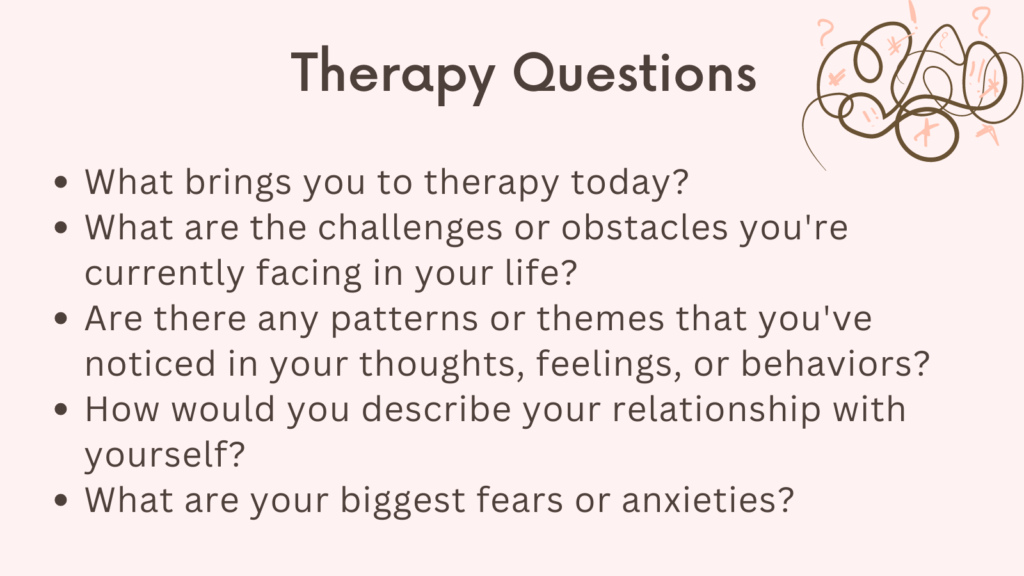Eye Movement Desensitization and Reprocessing (EMDR) is a therapeutic approach designed to help individuals process and heal from trauma and other distressing experiences.
While traditionally guided by a trained therapist, some people explore self-administered EMDR.
However, this process can present several challenges. In this blog post, we’ll discuss three common snags in self-administered EMDR—flooding, avoidance, and looping—and provide strategies to address them effectively.
Understanding EMDR and Its Applications
EMDR is a structured therapy that encourages the patient to focus on traumatic memories while simultaneously experiencing bilateral stimulation (usually eye movements), which is believed to help the brain process and integrate these memories more effectively.
This technique can be highly effective, but it also requires careful handling, especially when self-administered.
Related: What Are the 8 Stages of EMDR?
Common Challenges in Self-Administered EMDR
1. Flooding
Flooding occurs when an individual becomes overwhelmed with emotions or physiological responses.
This state can hinder effective processing and may cause significant distress.
Emotional flooding involves intense feelings, while physiological flooding includes symptoms like increased heart rate, sweating, or shaking.
How to Address Flooding:
– Pause and Reset: If you experience flooding, it’s essential to step back from the EMDR process. Take a break and focus on calming your mind and body.
– Diaphragmatic Breathing: Practice deep breathing exercises to calm your nervous system. Inhale deeply through your nose, allowing your diaphragm to expand, and exhale slowly through your mouth.
– Safe Place Exercise: Visualize a place where you feel completely safe and relaxed. This mental imagery can help reduce stress and bring you back to a state of equilibrium.
– Movie Technique: Imagine your traumatic memory as a movie playing on a screen. This technique can create a sense of distance, making the memory feel less overwhelming and more manageable.
Related: Top 6 Types of EMDR Negative Cognitions
2. Avoidance
Avoidance happens when an individual instinctively avoids confronting distressing memories or emotions.
This can manifest as numbness or an unwillingness to engage with the EMDR process, often due to fear or anxiety.
How to Address Avoidance:
– Gradual Exposure: Gradually introduce yourself to the traumatic memories. Start with less distressing aspects and slowly work your way up.
– Mindfulness Practice: Engage in mindfulness exercises to increase your awareness and acceptance of present-moment experiences without judgment.
– Self-Compassion: Treat yourself with kindness and understanding. Acknowledge that avoidance is a natural response to fear, but remind yourself of the benefits of facing these memories for your overall healing.
Related: Can You Do EMDR on Yourself?
3. Looping
Looping occurs when an individual becomes stuck in a repetitive thought pattern or emotional response during EMDR.
Instead of progressing through the processing phases, they keep circling back to the same distressing thoughts or images.
How to Address Looping:
– Cognitive Interweaves: Change the narrative or perspective of the memory. Ask yourself how someone else might view the situation or what advice you would give to a friend in a similar situation.
– Story Technique: Turn your memory into a story with a clear beginning, middle, and end. Reaffirm that the event is over and you are safe now.
– Journaling: Write down your thoughts and feelings to gain clarity and insight. This can help break the repetitive cycle and move forward in the processing.
Related: Best 10 EMDR Books
Tools and Techniques for Effective EMDR
While self-administering EMDR can be challenging, several tools and techniques can support you in this journey. Here are some practical strategies to enhance your EMDR experience:
1. Diaphragmatic Breathing
Sit comfortably and place one hand on your chest and the other on your abdomen.
Breathe in deeply through your nose, allowing your abdomen to expand.
Exhale slowly through your mouth, feeling your abdomen contract.
Repeat this process for several minutes.
2. Safe Place Exercise
Close your eyes and imagine a place where you feel completely safe and at peace.
It could be a real location or a fictional one.
Focus on the details—sounds, smells, sights—of this place.
Whenever you feel overwhelmed, return to this safe place in your mind.
Related: Brainspotting Vs EMDR (Which One Is More Effective?)
3. The Movie Technique
Visualize your traumatic memory as a movie playing on a screen.
Imagine yourself as a detached observer, watching the events unfold from a distance.
This technique helps create emotional distance, making it easier to process the memory without becoming overwhelmed.
Additional Resources for Self-Administered EMDR
Virtual EMDR is an online platform offering guided EMDR sessions with tools like a virtual light bar and sound components.
This service can bridge the gap between self-administration and professional therapy, providing structured guidance and support.
Related: How to Practice Self-Brainspotting Safely?
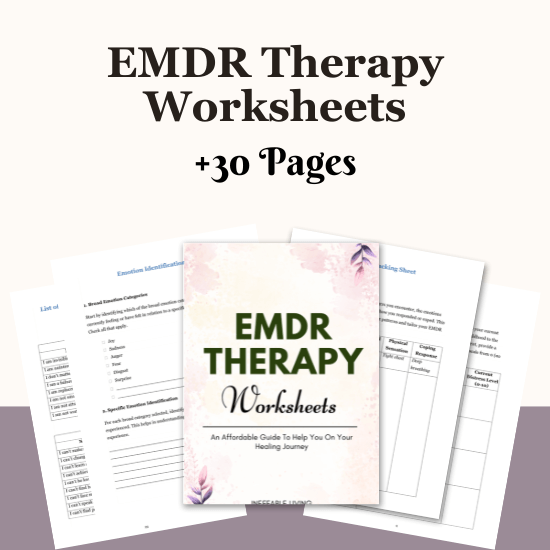
Conclusion
Self-administered EMDR can be a valuable tool for those seeking to process trauma and distressing memories.
However, it’s important to be aware of potential challenges like flooding, avoidance, and looping.
By using techniques such as diaphragmatic breathing, the safe place exercise, and the movie technique, you can navigate these snags effectively.
Additionally, leveraging resources like Virtual EMDR can enhance your self-administered EMDR practice.
Remember, while self-administered EMDR can be beneficial, it’s not a substitute for professional therapy.
If you find yourself struggling with the process or facing significant emotional distress, consider seeking support from a trained EMDR therapist.
Your healing journey is unique, and having the right tools and support can make a significant difference in your progress.
